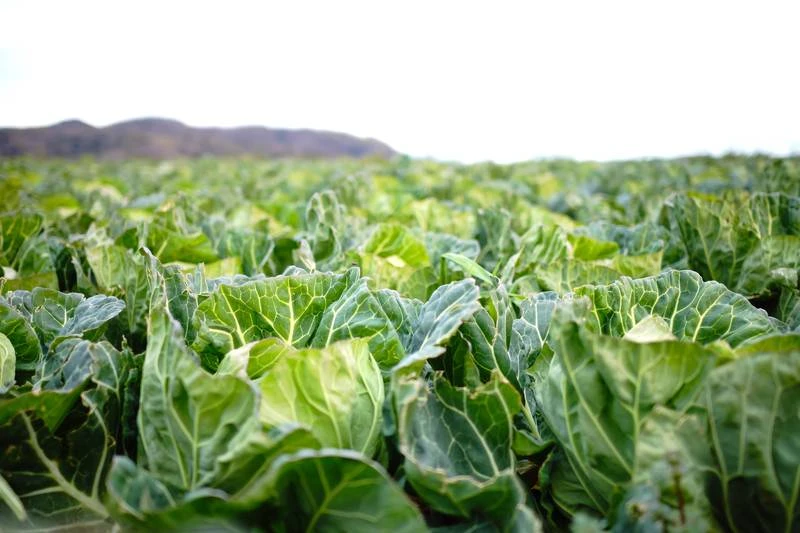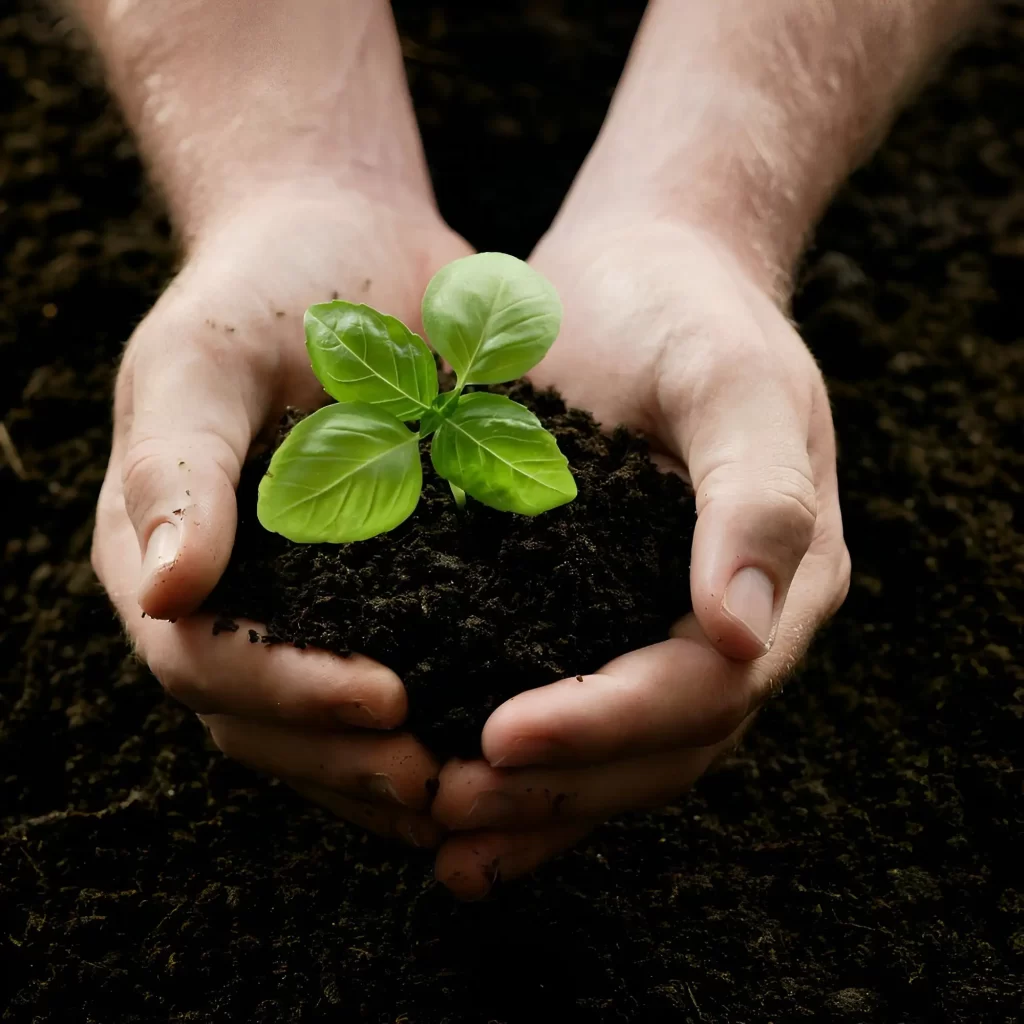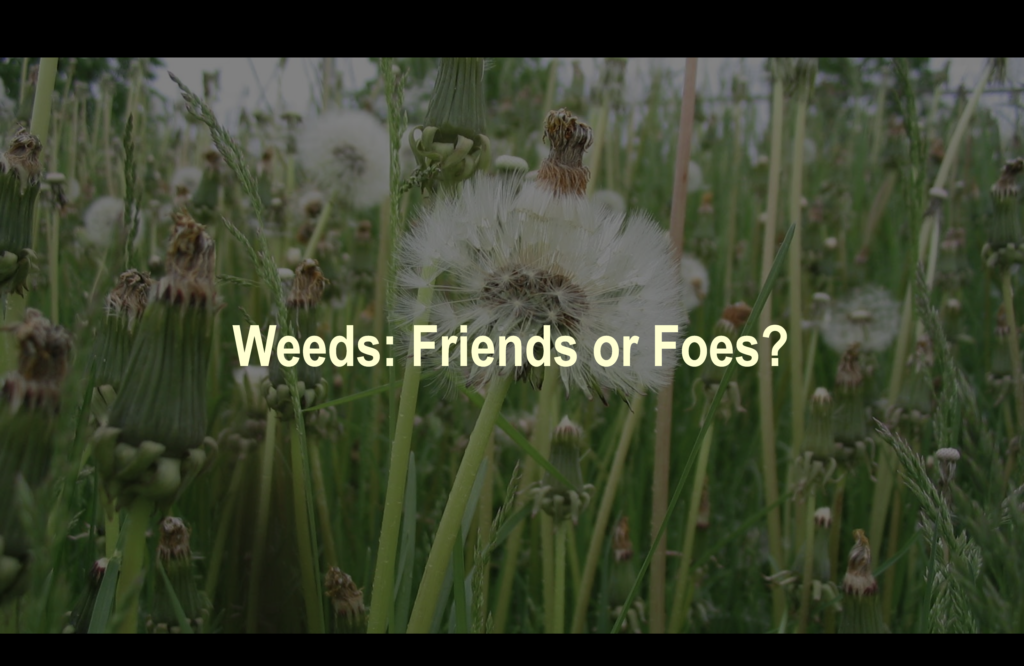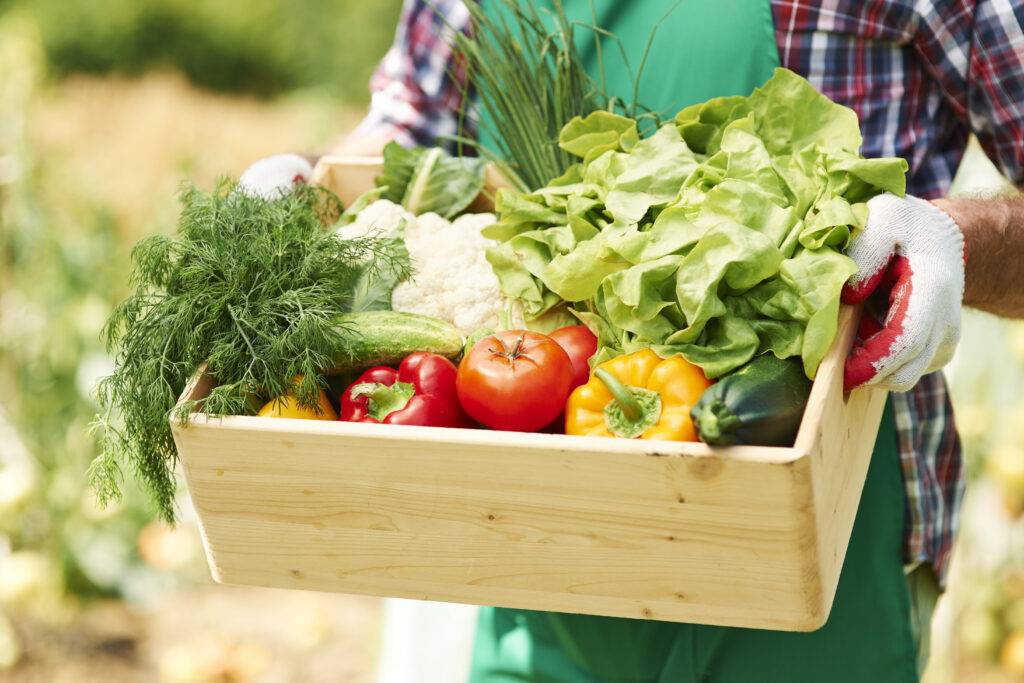“Continuous cropping as a villain(?),” people with even a slight knowledge of organic farming often say. In conventional chemical farming, the same crop can be grown in the same place for many years. This approach makes planning for tasks and materials easier. However, there is a risk of continuous cropping obstacles.
In this article, we will examine how continuous cropping is possible in organic gardening.
What is Continuous Cropping?
To my surprise, Okada Mokichi, the founder of Nature Farming, stated that continuous cropping is possible in Nature Farming.
“Continuous cropping is permissible in our farming method. (…) The reason that continuous cropping is beneficial is that the soil naturally develops qualities suited to the specific crop. This can be easily understood by comparing it to humans. Just as muscles develop through labor and the brain develops in writers who constantly use their intellect, the soil adapts and improves to support the crops it repeatedly grows.”
Okada, Mokichi, “Kakumei-teki zousan no Shizen Nouhou Kaisetsu (An Explanation of Revolutionary Nature Farming for Increased Production)” May 5, 1953
This sounds very interesting, and I even thought it was insane when I first read this article.
Don’t take ‘Continuous Cropping’ literally!
Let’s consider it at the home gardening level.
A common misconception is taking continuous cropping literally.
For example, you can grow spinach on the same plot 4-5 times in a year. If you grow a different crop the next year, it is not continuous cropping.
However, if you grow spinach on the same plot the next year as well, that is continuous cropping. In other words, growing the same crop in the same place at the same time is continuous cropping.
Continuous cropping obstacles occur under these circumstances. Even if it’s not the exact same crop, if it’s from the same plant family, it can also be considered continuous cropping and may cause obstacles.
What is Continuous Cropping Obstacles?
Continuous cropping obstacles are noted when the growth of vegetables worsens, yields decrease, and specific pests, diseases, and physiological disorders become more likely. There are mainly four causes.
Four Causes:
- 1. Soil-Borne Diseases: Harmful bacteria and fungi infect crops and cause diseases.
- 2. Nematode Diseases: Bad nematodes living in the soil invade the roots, multiply inside the plants, and hinder growth.
- 3. Growth-Inhibiting Substances: Plants release growth-inhibiting substances from their roots (to repel pests or suppress weed growth). These substances accumulate with continuous cropping and cause obstacles.
- 4. The vicious cycle resulting from the deterioration of soil quality: The fertility of the soil (nutrient content) and soil acidity (pH) may become unsuitable for the crops being grown after continuous cropping. Additionally, drainage can worsen, and salt accumulation may occur.
Which vegetables are unsuitable for continuous cropping?
Vegetables with a high risk of continuous cropping obstacles include those from
- the nightshade family (such as tomatoes and eggplants),
- the gourd family (such as cucumbers and bitter melons),
- the legume family (such as beans and edamame), and
- the mustard family (such as cabbage and broccoli).
Improved Growth Through Active Continuous Cropping
Tomato
According to the February 2023 issue of “Vegetable Garden” by the Home Light Association in Japan, even if continuous cropping obstacles occur, continuing continuous cropping can improve growth.
For example, when growing tomatoes, microorganisms that excel at decomposing tomato secretions and residues become active. Some pathogens decompose tomatoes while they’re alive. As these pathogens increase, continuous cropping obstacles occur temporarily.
However, even if obstacles are observed after a couple of years, continued continuous cropping fosters beneficial microorganisms that feed on these pathogens, thereby suppressing their activity. Eventually, a balanced decomposition cycle by diverse microorganisms develops, efficiently breaking down vegetable residues and returning them to the soil. This process makes nutrients available for the same crops in the following seasons, reducing the obstacles associated with continuous cropping. As a result, vegetables adapt to the soil and grow better.
Continuous cropping obstacles can be seen as an unavoidable step towards stabilizing the environment and improving crop growth.
Diseases Decrease with Continuous Cropping
Cabbage
Data from the MOA Natural Farming Culture Foundation and Ohito Farm in Japan shows that when cabbage was continuously cropped, sclerotinia increased in the third to fourth years but subsided by the fifth year. After nearly 20 years of continuous cropping, almost no diseases occurred.
Take CC Obstacles as a Temporary Phase
The above two examples of tomatoes and cabbages support the feasibility of what Okada stated in 1950’s.
Many proponents of organic gardening advise crop rotation to avoid continuous cropping. However, at the home garden level, the limited land area often makes rotation impractical, leading to inevitable continuous cropping. In such cases, it might be worthwhile to embrace continuous cropping obstacles as a temporary phase and continue growing the same crops in the same location for several years. This approach can bring us closer to our ultimate goal of minimum tillage, improving efficiency.
There are several strategies to avoid temporary continuous cropping obstacles while practicing continuous cropping. Efforts should be made to eliminate the four causes mentioned above. This means, as I always say, that careful soil preparation is crucial. This directly connects to Comprehensive Agro-ecosystem Management (CAM). One specific method involves using microbial inoculants, and another is utilizing mixed cropping or companion planting.






